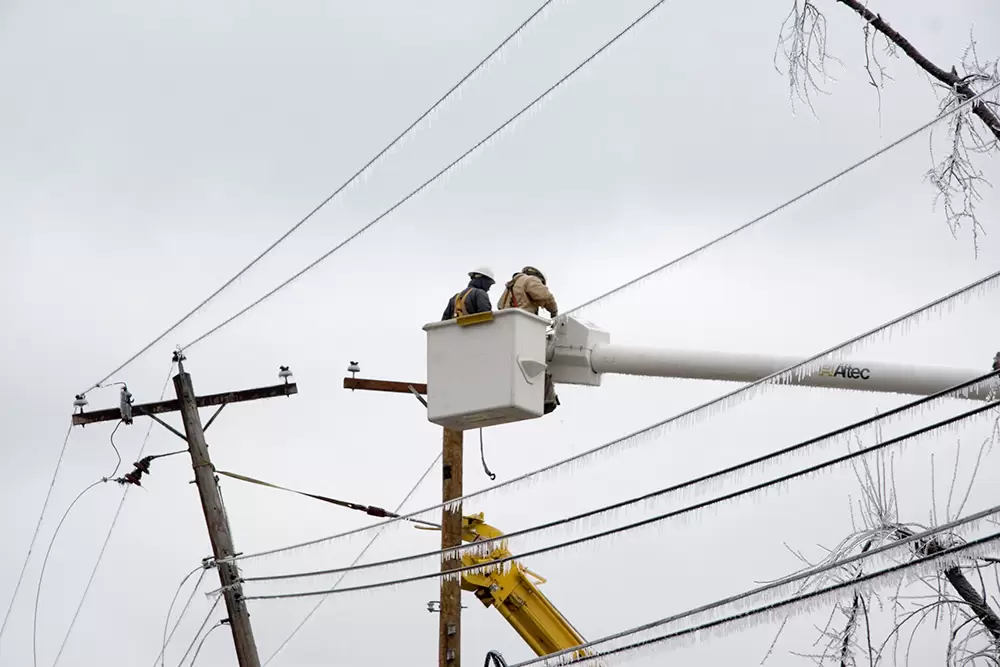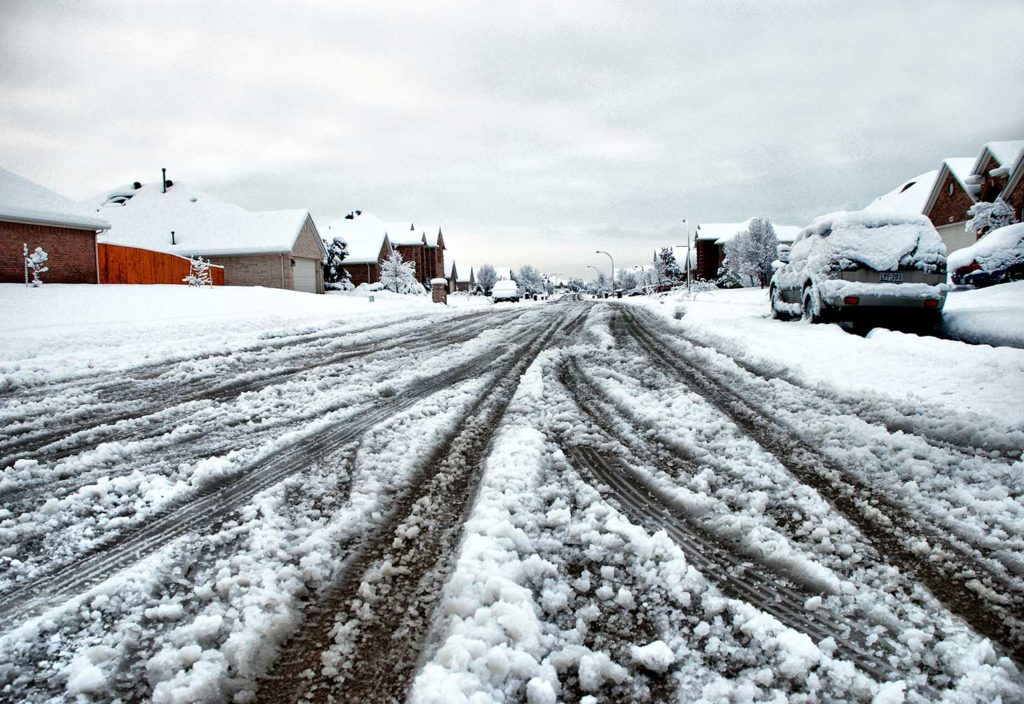With record-setting cold weather cutting water and energy supplies across a wide swath of Texas recently, create asked Australian engineers how we can help build more resilient cities and safeguard against extreme weather events.
Over the past week, millions of people in Texas experienced some of the coldest temperatures in decades — many suffering through it without power, water and even mobile phone access. In what has been called the energy capital of the world, dozens of people have died and hundreds more are severely sick or injured.
Could the same thing happen in Australia? Neil Greet, an expert in disaster management and strategic leadership in crises, and a member of Engineers Australia’s College of Leadership and Management Board, told create the first element of understanding risk is knowing what makes us vulnerable.
“Is the devastating fire running on a roaring northerly on a 45°C day the vulnerability, or is it where we have decided to build and live? Has our economic system forced the most vulnerable people to live in areas of greatest exposure to hazard?” he said.
“The vulnerability is the way we live, and the expectation is that we can control the event through protective engineering. Risk will be increased if engineers do not address the vulnerabilities created by human systems that are now outdated.”

Greet believes the greatest vulnerability Australia faces is complacency borne from decades of stability, which opens us to systemic risk and catastrophic failure of our systems, such as the Black Saturday bushfires that ravaged Victoria in 2009.
“If we wish to guard against future catastrophic events, engineers must understand and shape the values, knowledge and rules that create our cities,” he said.
Building resilience
David Rissik, Deputy Chair of Green Cross Australia and Senior Principal Climate Change Adaptation at BMT, said engineers are a critical resource in Australia’s response to climate change.
“Climate change responses require an understanding of how climate changes will affect the things that matter to us, including all elements of cities,” he said.
“Engineers can help to determine what those impacts may be, what the best and most cost-effective solutions are, and what new elements of design are required to ensure that we are building for future conditions.”
New materials that are more resilient to climate change are also an important focus for engineers, to ensure the design lives of assets can be maintained or even extended.
Engineers should work closely with planners and environmental specialists, Rissik added, to identify approaches that are environmentally friendly or ecosystem-based and can also provide other benefits to society, such as biodiversity outcomes or carbon uptake.
“To support communities to be more resilient to climate change, engineers need to engage in the discussions, work with organisations to assess the risks that are faced by climate and help to identify solutions,” he said.
“Importantly, many engineers are leaders in their communities. There is much that can be gained from helping communities understand climate change and its effects and in working with them to address the issues.”
Rissik said nature-based solutions and actions that provide immediate benefits should be prioritised when it comes to managing the effects of climate change.
“If we are working with long-term assets, consider climate change alongside design life and ensure that assets are resilient to future pressures,” he said.
“Climate change is a journey and we need to be prepared to learn as we go and make changes as required. Monitoring the effectiveness of our actions is essential.”
Carbon is key
Chair of Engineers Australia’s National Committee on Water Engineering Dr Brendan Berghout said its important to come to terms with Australia’s naturally variable climate, and the knowledge that we face risks from the full spectrum of extreme weather events.
“These risks are only expected to worsen with climate change. Climate extremes can have devastating impacts on communities and the environment in the form of floods, wildfires, severe water shortage and heatwaves,” he said.
“While we can’t prevent extreme weather events from occurring, we can certainly plan for and mitigate the impacts.
“Engineers will also play a pivotal role in transitioning towards net zero emissions, thereby playing our part in minimising the rate of climate change.”
